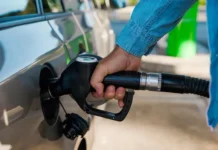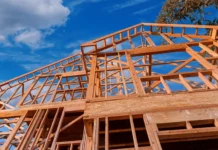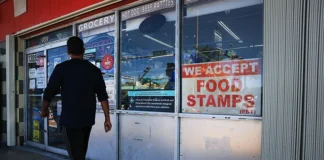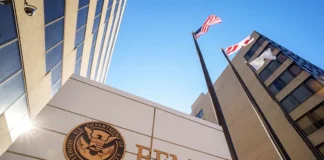
By Eleanor Kitzman
(Trice Edney Wire) – So far this year, the U.S. has been hit by 23 separate major disasters, the highest number since NOAA started keeping records in 1980. These disasters—which include hurricanes, wildfires, flooding, tornados, and hail—collectively have killed more than 250 people, caused over $57 billion in property damage, and are both causing and exacerbating health issues in regions across the country. Their impact is disproportionately felt by low-income homeowners and renters.
As weary homeowners try to recover from these disasters and prepare for ever more extreme weather, they face a new crisis: disappearing insurance coverage which threatens to bankrupt families and communities and could have a domino effect on the mortgage and construction industries. Mounting losses from disaster-related claims have driven several major insurers to stop writing new policies in California, Colorado, Florida, and Louisiana.
In many states, double-digit premium increases, higher deductibles, and reduced coverage are becoming the norm. As private insurers retreat from the market, residual markets (nonprofit, state-chartered insurers of last resort) are forced to pick up the slack at a scale for which they were not designed. The rate of uninsured homeowners has risen from 5% to 12% in just the last three years due to increasing costs.
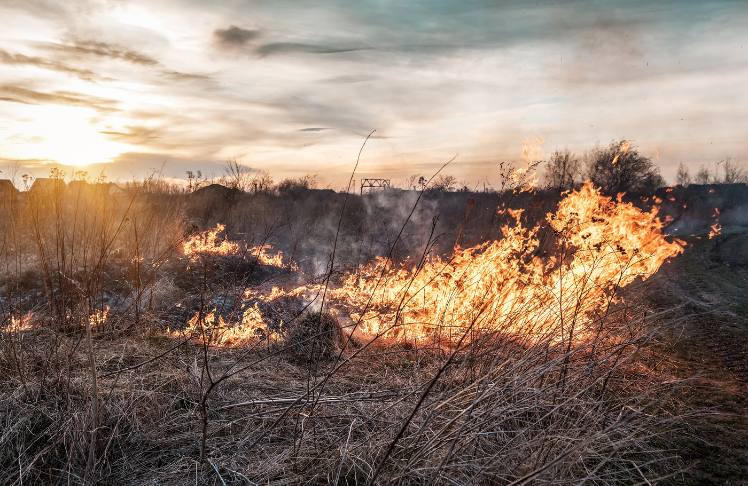
We can only fix this insurance crisis by fixing our underlying risk crisis. The majority of homes in the U.S. were built to codes that did not anticipate the rapidly increasing extreme weather we are experiencing today. Many of these homes can be made more climate resilient, but risk mitigation is peril-specific; there is no one-size-fits-all and, often, those most at risk lack financial resources for even small improvements. Investment in climate resilience will take creative thinking, innovative funding, and a collaborative effort, as we have seen in Alabama.
Over a decade ago, Alabama launched the Strengthen Alabama Homes (SAH) program. SAH makes grants to homeowners of up to $10,000 to install a FORTIFIED Roof™, a construction standard based on decades of research and testing by the Insurance Institute for Business and Home Safety (IBHS). FORTIFIED has been proven to prevent or significantly reduce losses from hurricanes, high winds, hail, tornados, and other severe convective storms. Of the $363-billion-dollar weather disasters since 1980, hurricanes have caused the most damage–$1.3 trillion–and are also responsible for the highest number of deaths – 6,890 since 1980. FORTIFIED is widely recognized by the insurance industry.
The impact of SAH goes beyond just the homeowners who have received grants. There are over 54,000 FORTIFIED roofs in the U.S. today, approximately 48,000 of them in Alabama, but only 6,500 funded by grants. Boosted by the success of SAH and the demonstrated effectiveness of FORTIFIED, general interest in the roofs has grown. Alabama now has a network of trained inspectors and roofing contractors who are educating homeowners about FORTIFIED, and entire subdivisions of new homes are being built with FORTIFIED roofs. Homeowner awareness increased significantly after Hurricane Sally in 2019 when FORTIFIED homeowners reported little to no roof damage, unlike their neighbors who did not have FORTIFIED roofs. This commitment to resilience has enabled Alabama to maintain a stable, competitive home insurance market.
North Carolina and South Carolina also have FORTIFIED roof grant programs and last year, the Louisiana legislature created a grant program modeled on SAH, which began awarding grants in October. Similar efforts are under consideration in a number of other states.
In another example of innovation and collaboration, in Lockport, Louisiana, a new development of 35 homes built to FORTIFIED standards was 90 percent complete when Hurricane Ida made landfall in August 2021. The storm caused catastrophic property damage elsewhere along the coast but barely scratched the homes at Les Maisons de Bayou Lafourche. A climate resilience grant from the Louisiana Office of Community Development and Louisiana Homes Corporation helped support the project, where a majority of homes are set aside for people earning 50–60% of the area median income, with residency preferences for veterans, individuals with disabilities, and seniors – the people who are often most at risk from climate disasters.
While established mitigation standards for other types of natural disasters are still emerging, programs like SAH and Les Maisons show us what’s possible in the face of increasing weather risks and unstable insurance markets. According to the National Institute of Building Sciences, mitigation saves up to $13 per $1 invested. Instead of spending billions of dollars on disaster recovery every year, we should be investing in resilience from the start. That means putting in place stronger building codes that incorporate proven, affordable climate-resilient standards like FORTIFIED. It also means dramatically scaling up funding and incentives to help retrofit existing homes to be more resilient.
Changing the way we do business to prioritize resilience requires partnership between the public and private sectors – including state insurance regulators, state legislatures, public and private insurance providers, home builders, contractors, and homeowners. Philanthropy can also play a role by supporting promising approaches to building and retrofitting homes that protect the health and wealth of homeowners, especially those who are most vulnerable to climate-related harm. Stabilizing insurance markets starts with strengthening homes, families, and communities. We know what needs to be done, and we need to do it now.
Eleanor Kitzman is the CEO/co-founder of MyStrongHome, PBC, which provides construction, finance and insurance services to coastal homeowners. Ms. Kitzman served as insurance commissioner in both her adopted home state of South Carolina and her home state of Texas.


